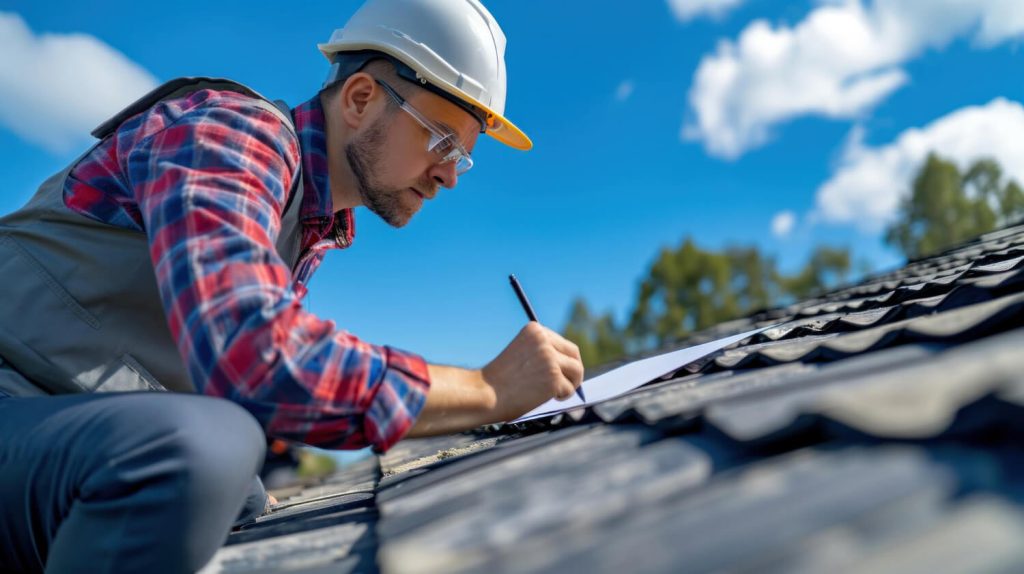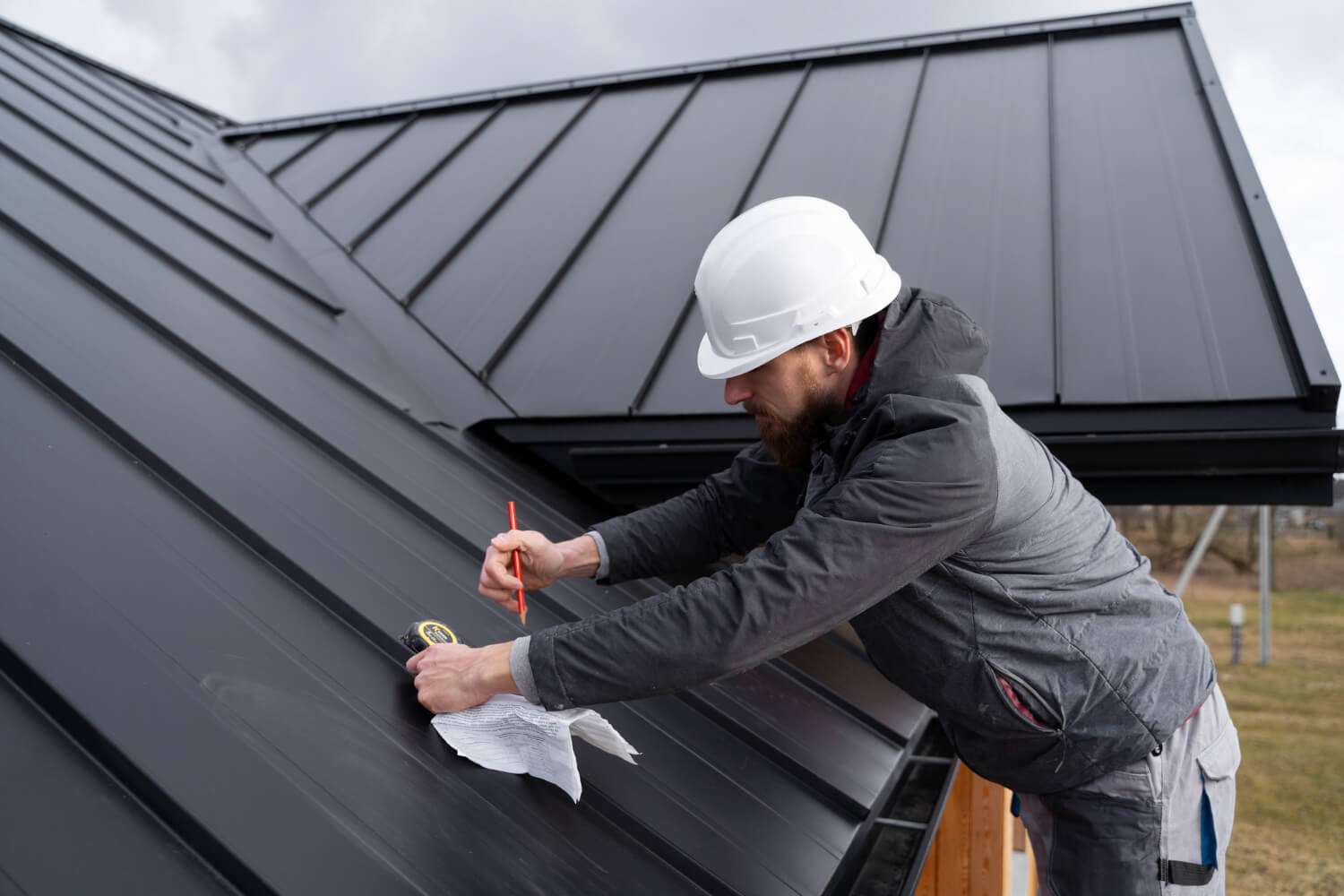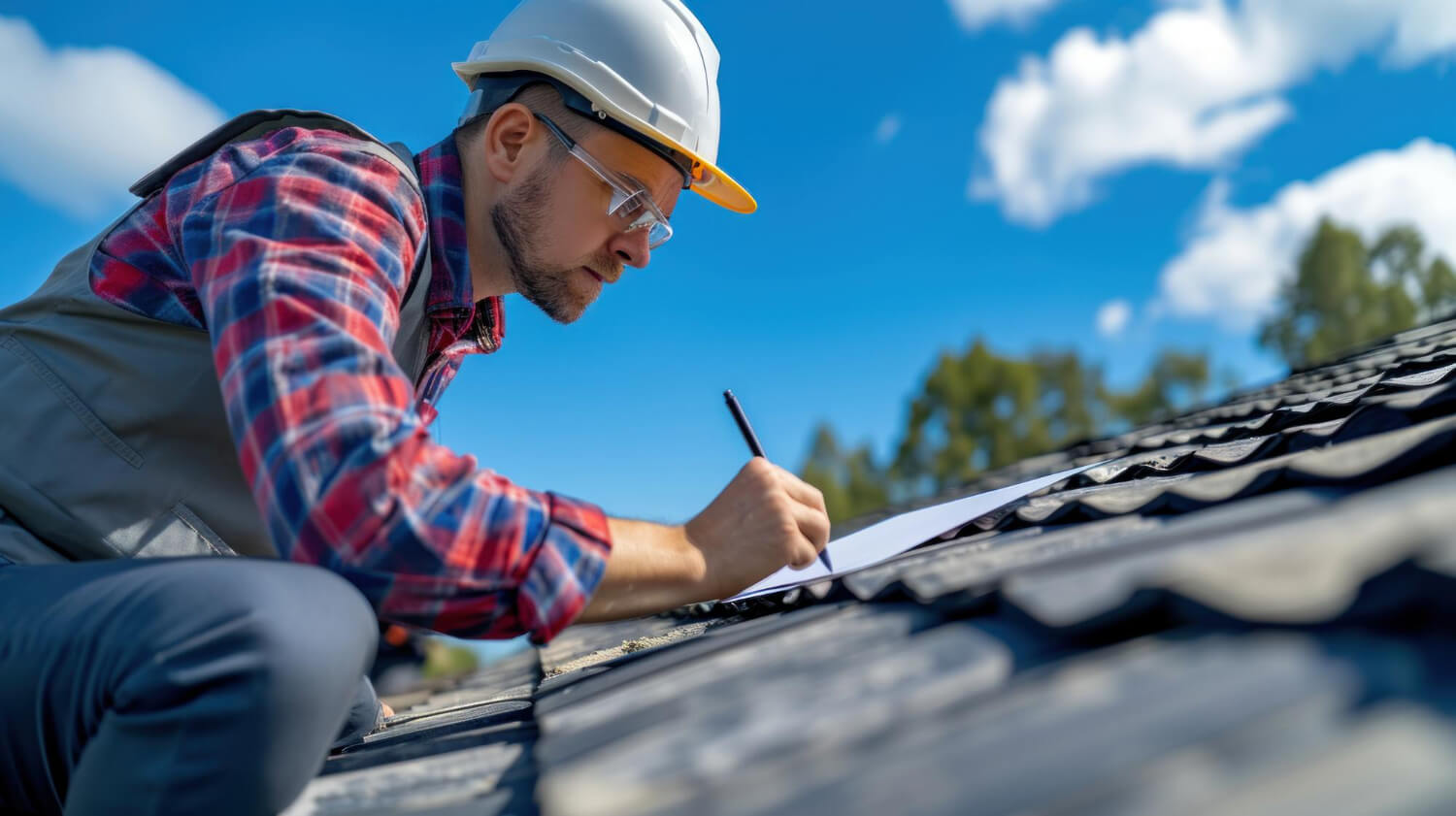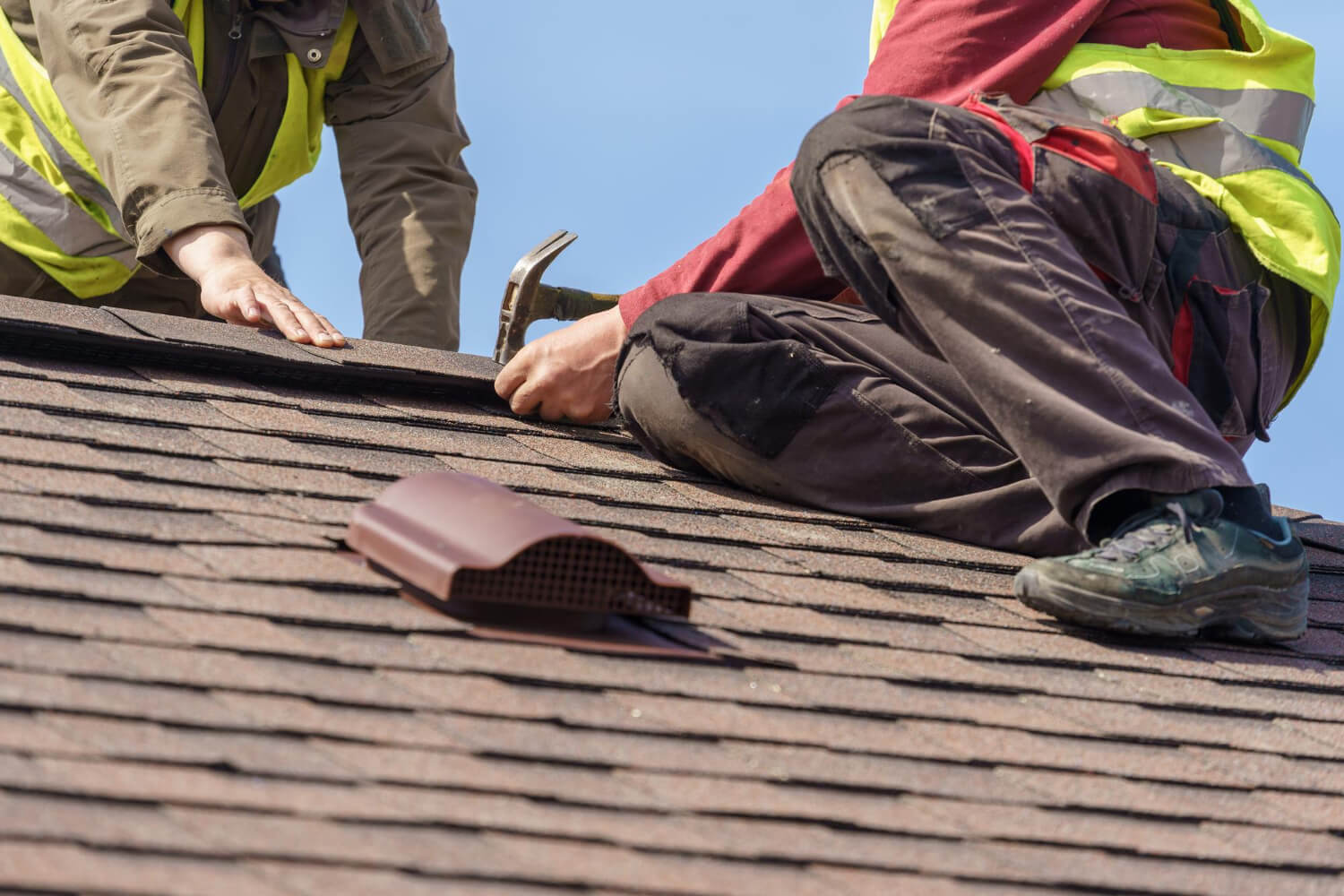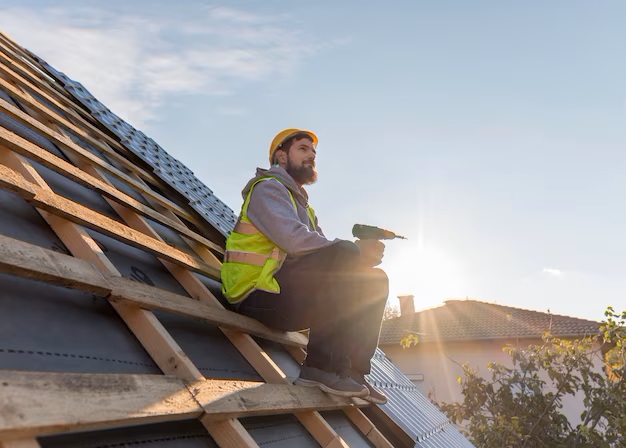The roof plays a pivotal role in maintaining the integrity of your home. It shields you from the elements and contributes significantly to your property’s aesthetic and value. Understanding when to repair your roof and opt for a full replacement is crucial for making cost-effective decisions that ensure your home’s safety and durability. Here’s a comprehensive guide to navigating your roofing options.
Evaluating Your Roof’s Health: Key Steps to Decide Between Repair and Replacement
The first step in deciding between repair and replacement is thoroughly assessing your roof’s current condition. This involves checking for signs of wear and tear, such as missing, cracked, or curling shingles, significant moss and algae growth, and damage from environmental factors. Inspecting the attic for any evidence of water intrusion or daylight coming through the roof boards can also indicate the extent of potential problems.
Addressing Minor Roof Issues: Effective Repairs to Extend Your Roof’s Lifespan
Minor issues like missing shingles or minor leaks typically call for repairs. When done promptly and correctly, these repairs are generally more cost-effective and can extend the life of your roof. Common repairs include replacing shingles, sealing leaks, and cleaning gutters to prevent water damage. It’s essential to address these issues quickly to avoid more extensive damage that can escalate the need for a complete roof.
Recognizing the Signs: When Is It Time to Replace Your Roof?
Roof replacement becomes necessary when repairs are insufficient to address the damage. Signs that you might need to replace your roof include:
- Age: Most roofs have a lifespan of 20-30 years, depending on the material. If your roof is nearing the end of its expected life, replacement might be the best option.
- Widespread Damage: Extensive damage from storms, fallen trees, or severe weather conditions often requires a full replacement.
- Major Leaks: Large or multiple leaks suggest a systemic failure of the roofing system.
- Sagging: This can indicate structural issues that mere repairs cannot fix effectively.
Choosing the Best Roofing Material: Balancing Cost, Durability, and Style For Your Home
Selecting the right roofing material is crucial when considering a replacement. The most common materials include asphalt shingles, metal, tile, and slate, each offering different benefits in terms of cost, durability, and aesthetic appeal. For instance, asphalt shingles are cost-effective and easy to install but have a shorter lifespan than metal or tile. Your choice should align with your home’s budget, climate, and architectural style.
Cost Analysis of Roof Repairs Vs. Replacement: Making An Informed Financial Decision
Understanding the cost implications of both repairs and replacements is crucial. While repairs are less expensive upfront, neglecting necessary replacements can lead to higher costs due to water damage, insulation problems, and potential home value decreases. Getting multiple estimates from roofing professionals and considering long-term maintenance and energy efficiency can help make a financially sound decision.
Choosing the Right Roofing Contractor: Ensuring Quality and Reliability in Your Roofing Project
Whether you repair or replace, working with a qualified roofing contractor is essential. Look for contractors with good reputations, proper licensing, and insurance. They should provide detailed estimates and contracts, explaining the scope of work, timeline, materials used, and warranty information. A trustworthy contractor can make a significant difference in the success of your roofing project.


